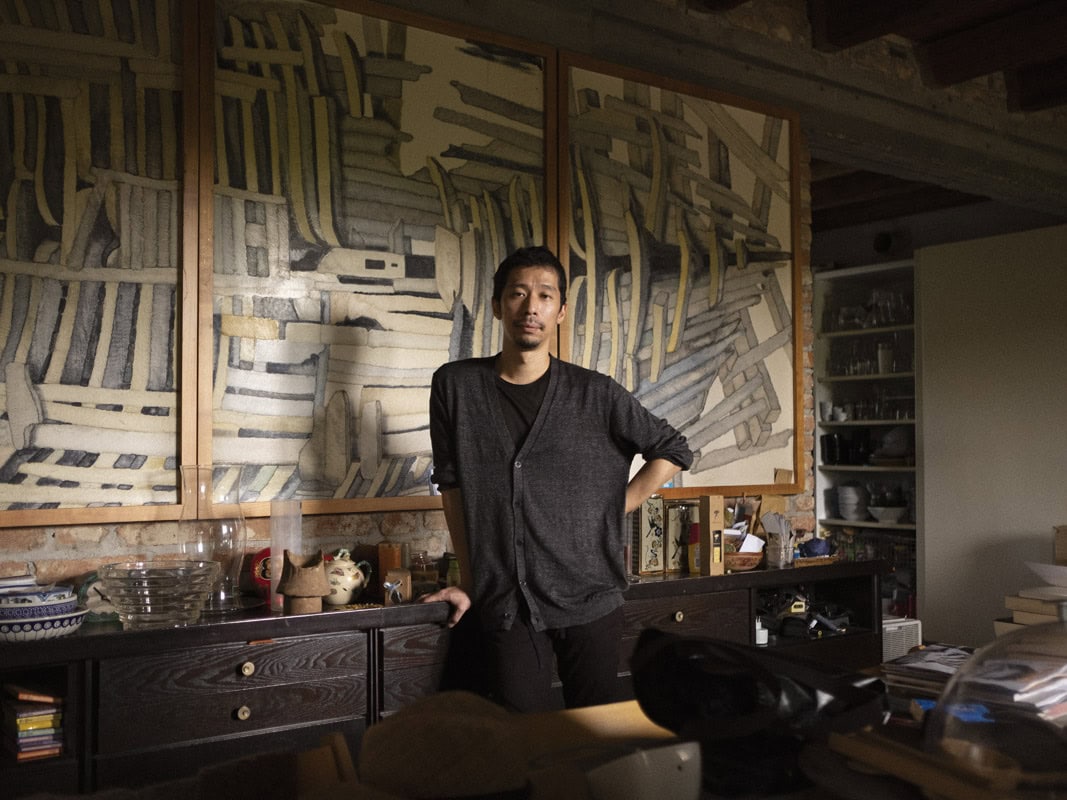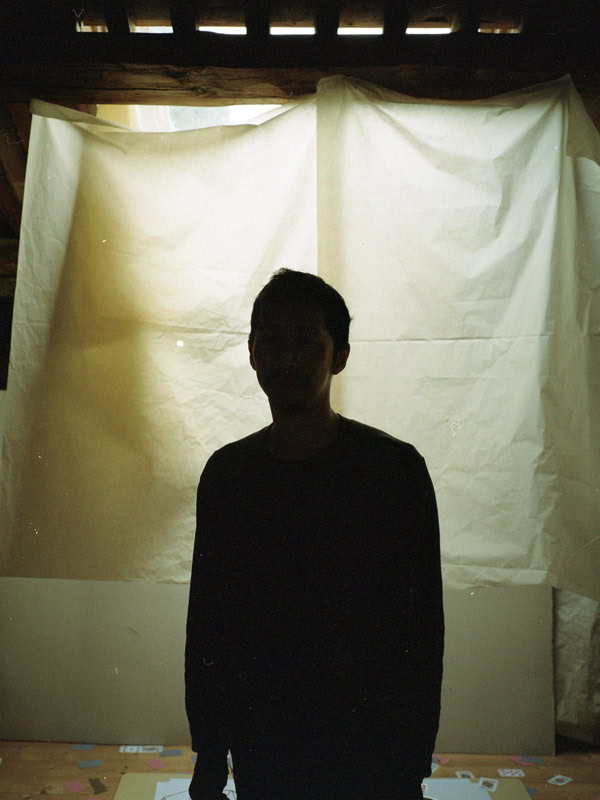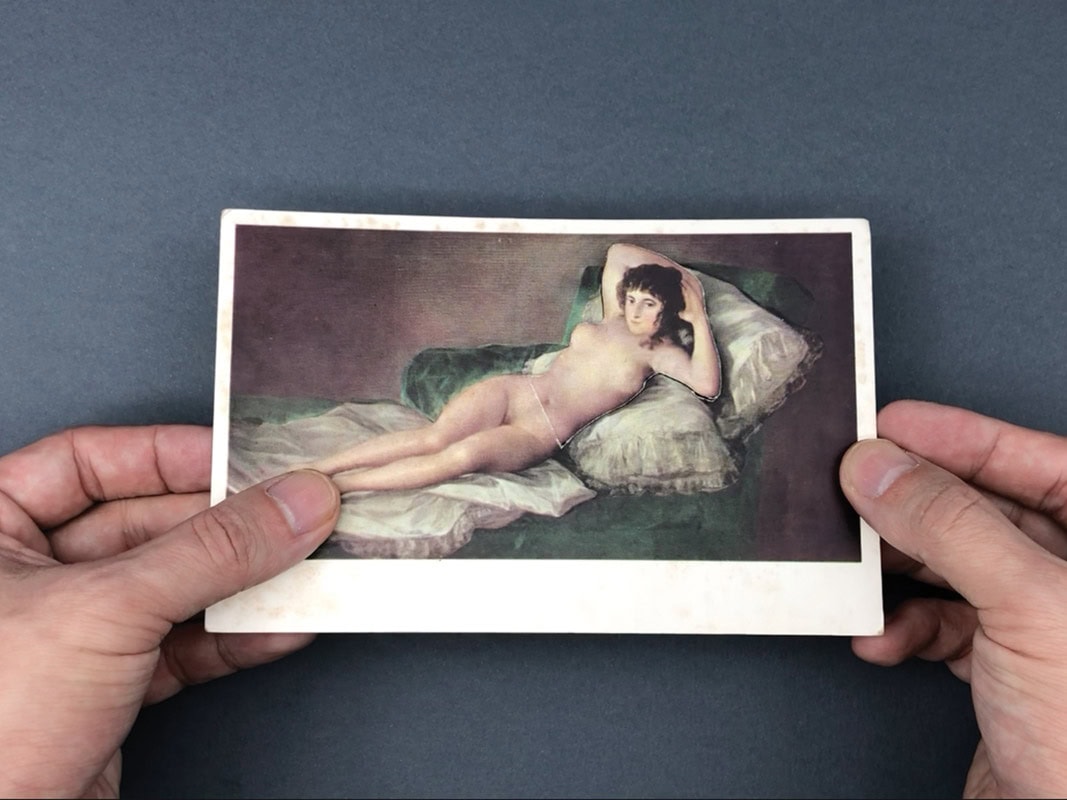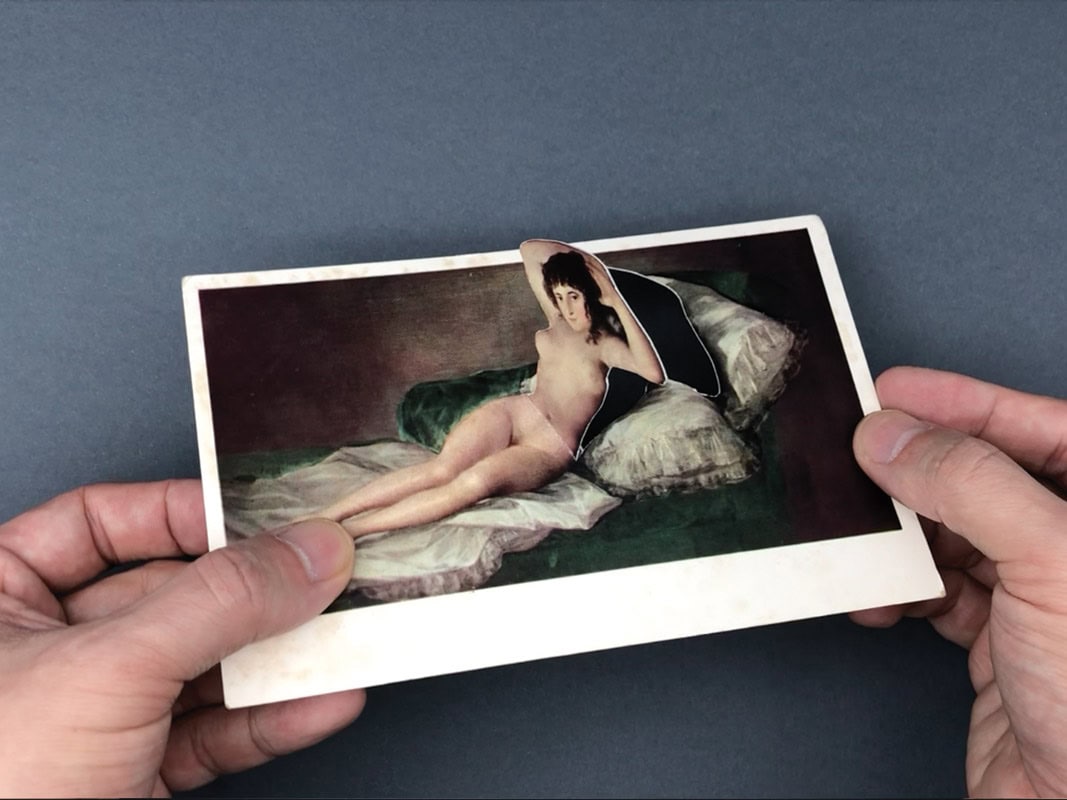This is an inside issue of our issue 9 Eros, with an additional content only for our online readers. A video directed by Luca A. Caizzi, shot by Francesca Pavoni that comes with the original interview featured on the latest issue of C41 Magazine.
“Kensuke Koike was born in 1980 in Nagoya, Japan. His research focuses on the origins of imagination and the variations of human perception. Mainly through the means of collage, photo-collage, installation and sculpture, in his artistic practice he performs a transformation of objects and images into artworks. Only after their conversion into art, they reveal their most unusual aspects and characteristics. The subjective as well as the common and public perception discovers therefore an entirely new way of looking at them. The artist is searching for a perfect collage and perfect image processing. Just like an alchemist Kensuke Koike is using everyday materials, producing art.” (via A Plus A)
Hi Ken.
Last time we saw each other, we were in your studio in Venice and you were working on the artwork for “Today’s Curiosity”. Can you tell us more about it?
The “Today’s Curiosity” project was originally a diary. It was a series of short videos to remind me of my ideas. I chose to make them public so that I would stop reworking them. It took a weight off my mind.
Do you feel more Japanese or Italian?
Half-and-half. But like a latte, there is no separating the milk from the coffee.
Observing your work, I feel certain that I can call you a sculptor. On your social media profiles, you call yourself an alchemist. Many interviews define you as a surgeon or a photographer. Which definition do you think is the most appropriate?
Everything I touch is transformed, so I think of myself as an alchemist.
What is your relationship with photography? We know the connection between your early career and your current body of work. Where would you like your career to go?
I would adopt any medium that I thought I could use to convey my ideas. I would love to have a brilliant idea whenever I see or hear anything. I think the human brain is capable of that.
Touring your studio makes me realise the scale of your research and the huge amount of materials that surround you. What is your relationship with “organisation”. Are you a neat person?
Yes, it’s true, I have a lot of things in my studio.
Interesting combinations can be created when things overlap randomly in the chaos so I choose disorganization. I am really neat when it comes to execution, however.
I have to be in perfect shape when cutting a photograph, for example, to the extent that I don’t drink coffee the day before so that my hand is steady.
The concept of Eros is a particularly polysemic concept as it changes from person to person. There are those who associate Eros with an explicit nude image and others who link it to a certain colour. What is your concept of Eros? Is there a connection between Eros and your work as an artist?
I find this a very difficult question. For me, Eros cannot be seen, it is that which remains hidden and is able to unleash our imagination. Obviously, it is always a question of body, but of a veiled and secret body, as I believe that the naked body is not erotic. I often work with “erotic” photographs of bodies, but I prefer not to see, a bit like legs that can be seen beneath a skirt. Imagination is much more important.
Video credits:
Francesca Pavoni, DP
Luca A. Caizzi, Creative Director
Kensuke Kokke, words
Isabella Petricca, Editor




